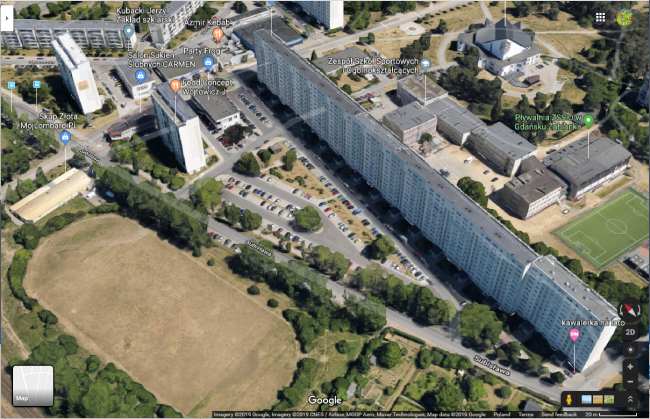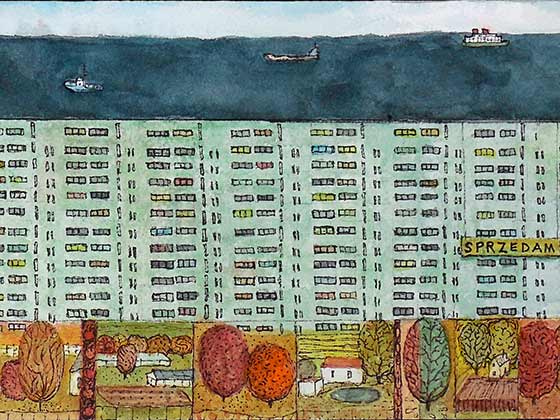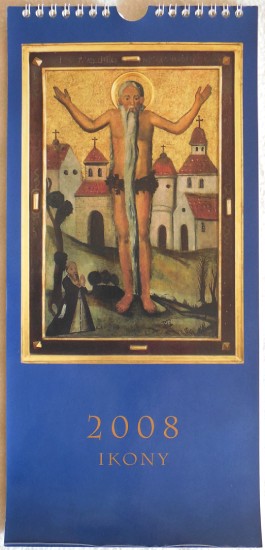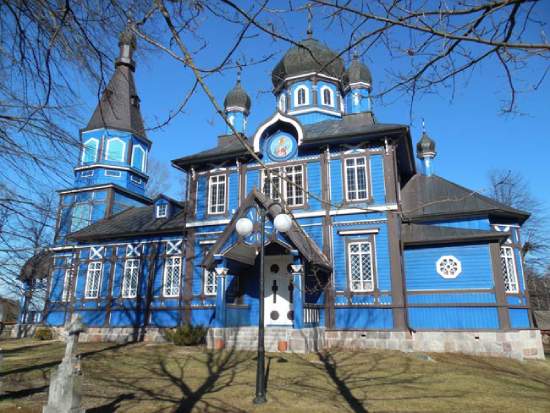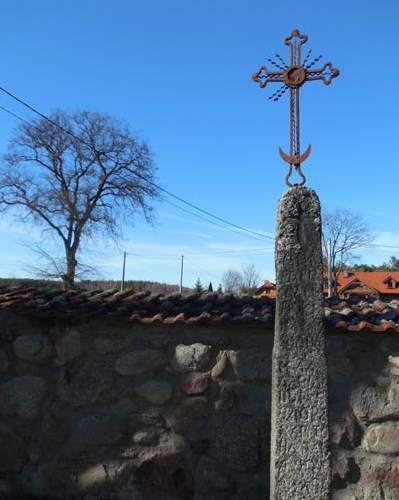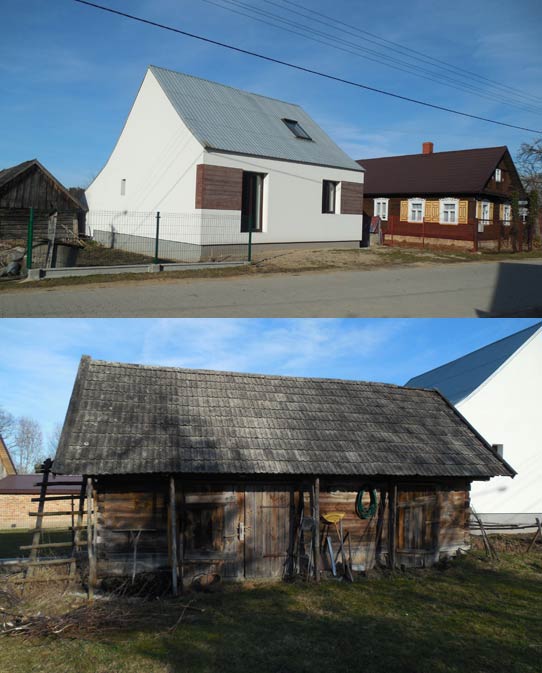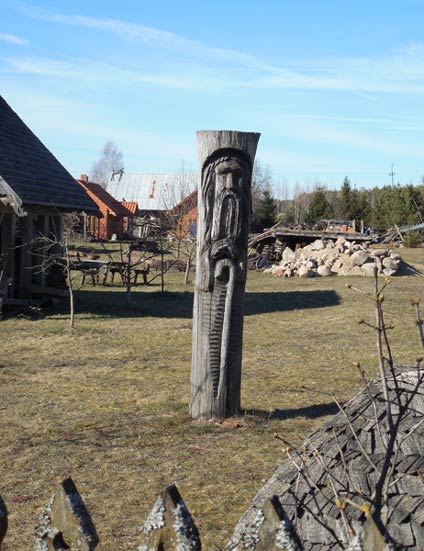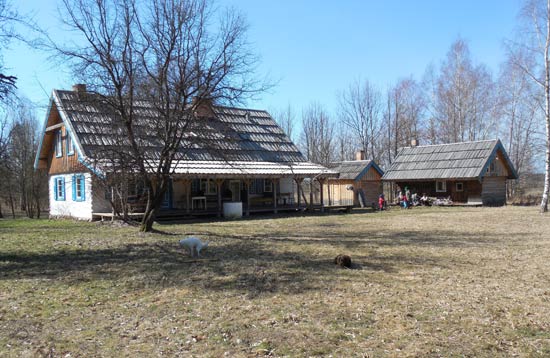Over the past few years, I have received calendars that hold images of artwork found in Polish church collections. One painting that I found depicts Kyiv Pechersk Lavra, a church monastery in Ukraine, as well as its founders Saints Anthony and Theodosius. I responded to the picture because of the way the figures mirror each other. Perhaps this is symbolic of the way saints closely match each other in their words and deeds. I was also curious about the background buildings and was surprised to find that the depiction was of Ukraine and not Poland. With the current war initiated by Russia, it is hard to know if sacred places such as Kyiv Pechersk Lavra will remain safe. However, the image and the idea of place provided a point of focus to pray for Ukraine.

Unknown origin, 17th century
Tempera, 75 x 86 cm,
Archdiocesan Museum in Przemyśl, Poland
While the image above comes from a 2020 calendar, nearly two years later the war reminds us that in a heartbeat lives are changed. Hopefully, the madness will end sooner than later and there can be renewed work toward peace and prosperity.



